C4.82 The British Monarchy¶
Reproduced from the British Consulate-General in Shanghai and the British Embassy in China
Her Majesty Queen Elizabeth II passed away peacefully at Balmoral Castle on the afternoon of 8 September (UK time), aged 96. His Majesty King Charles issued a statement expressing his sorrow at the Queen’s death, stating that her passing is the saddest moment for him and the royal family. The King and Queen will remain at Balmoral tonight and return to London tomorrow. Queen Elizabeth II was born in London on 21 April 1926. She ascended the throne in 1952 at the age of 25 following the death of her father, King George VI, and witnessed 15 British Prime Ministers during her reign, from Sir Winston Churchill to Liz Truss. In 2015, she became the longest-reigning British monarch in history, surpassing the record set by her great-great-grandmother Queen Victoria.
On 8 September (UK time), the British Royal Family announced via its official Twitter account: Her Majesty Queen Elizabeth II passed away peacefully at Balmoral Castle in Scotland this afternoon, aged 96.
Subsequently, His Majesty King Charles III issued a statement on the Queen’s death, in which he wrote:“The death of my beloved Mother, Her Majesty The Queen, is a moment of the greatest sadness for me and all members of my family.“We mourn profoundly the passing of a cherished Sovereign and a much-loved Mother. I know her loss will be deeply felt throughout the country, the Realms and the Commonwealth, and by countless people around the world.“During this period of mourning and change, my family and I will be comforted and sustained by our knowledge of the respect and deep affection in which The Queen was so widely held.”
As a mark of respect for Her Majesty’s passing, the United Kingdom will enter a 10-day period of national mourning starting today, and British diplomatic missions in China will fly flags at half-mast as a sign of condolence.
Ms Caroline Wilson, British Ambassador to China, also stated on Weibo:“This morning, like many people around the world, I am deeply saddened by the news of the passing of Her Majesty The Queen. My colleagues at the British Embassy and Consulates-General in China and I mourn her loss. We offer our deepest condolences to His Majesty The King and the Royal Family.”
Born in 1926, Queen Elizabeth II ascended the throne in 1952 and was the longest-reigning monarch in British history. This June, the UK celebrated the Platinum Jubilee to mark the 70th anniversary of her accession. A highly respected and beloved sovereign, Her Majesty’s life witnessed the great changes of the 20th and 21st centuries.
Born in 1926, Queen Elizabeth II ascended the throne in 1952 and was the longest-reigning monarch in British history. This June, the UK celebrated the Platinum Jubilee to mark the 70th anniversary of her accession. A highly respected and beloved sovereign, Her Majesty’s life witnessed the great changes of the 20th and 21st centuries
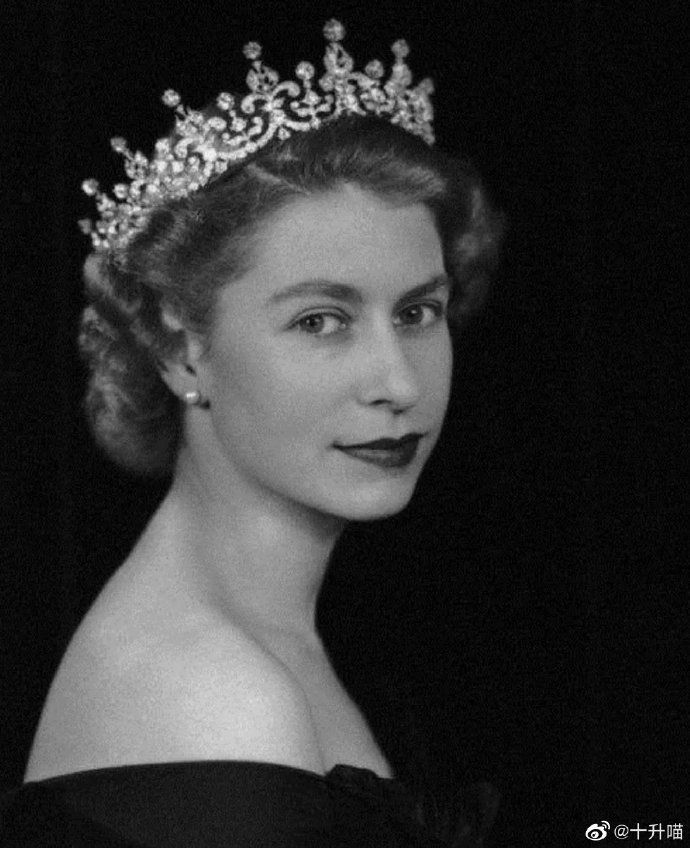
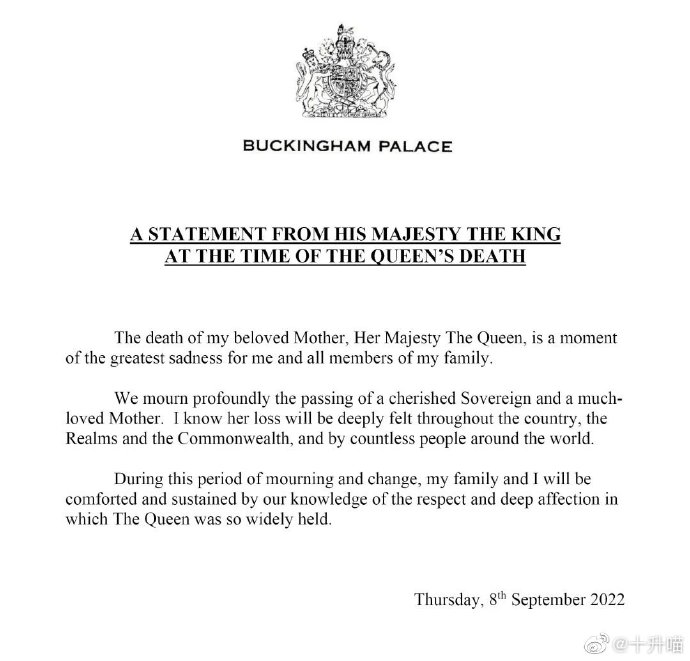
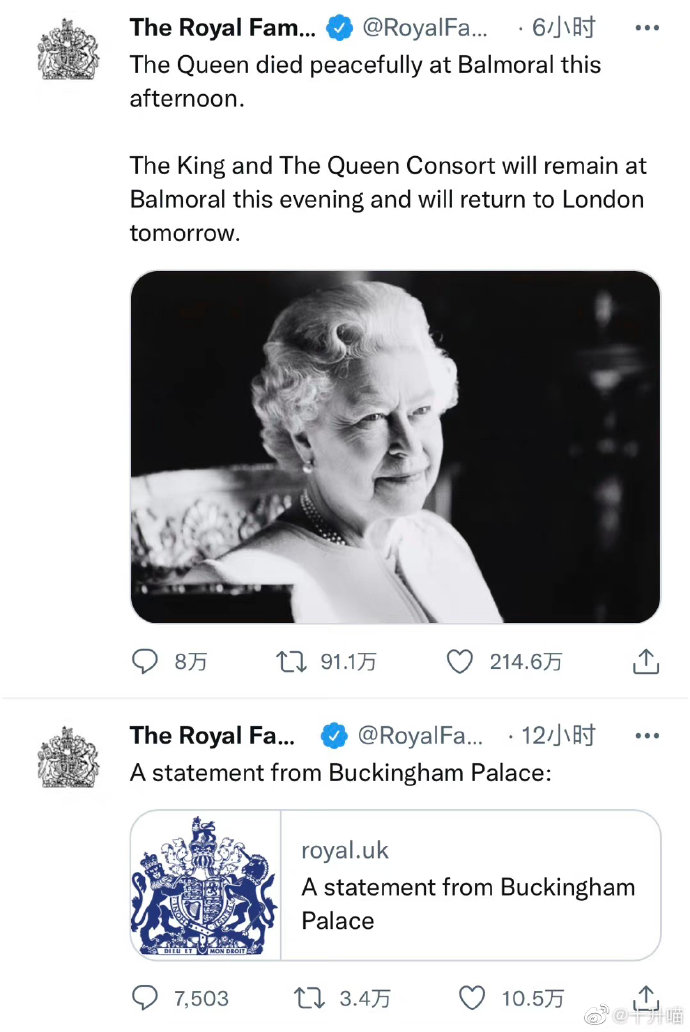


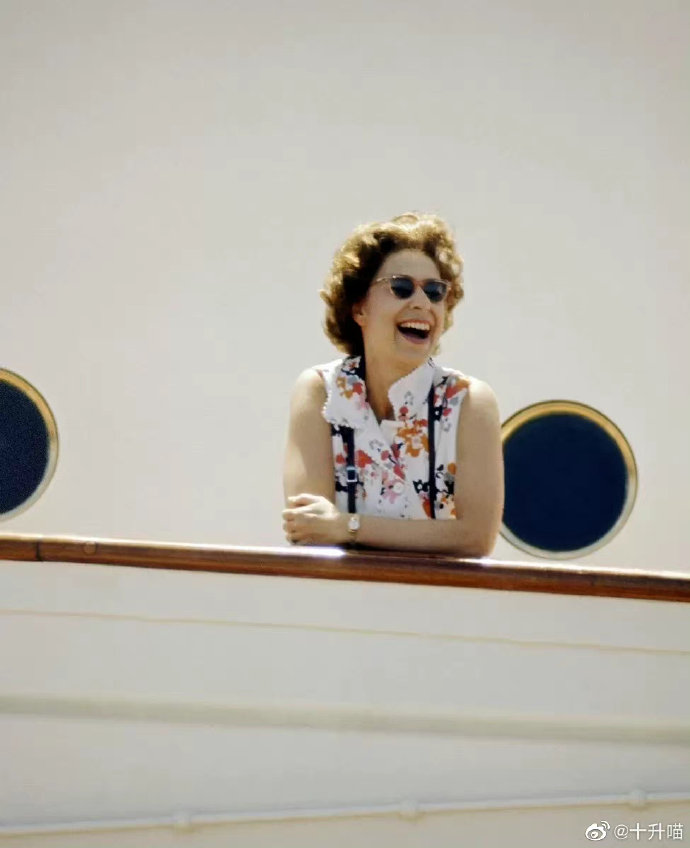
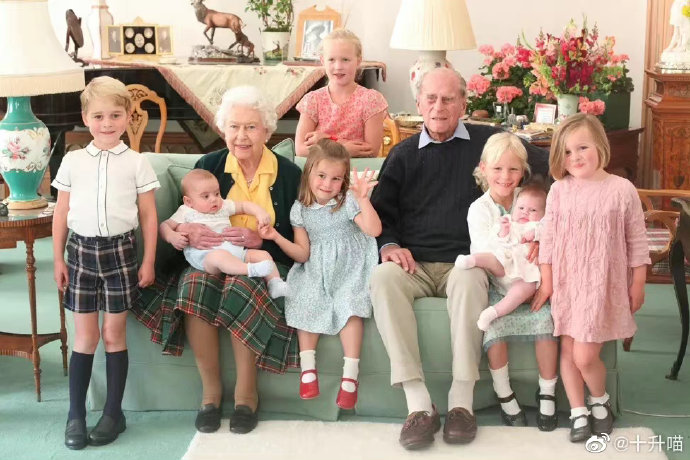
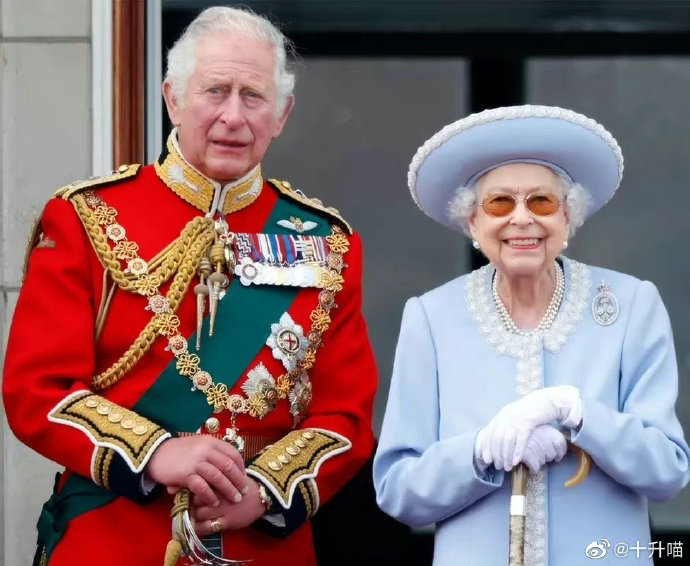
In China, due to the parallel use of the lunar and solar calendars, many people like to celebrate their birthdays twice (or even three times if there’s an intercalary month). However, for Queen Elizabeth II of the United Kingdom, who was born on 21 April 1926, she celebrated another birthday every June. Unlike the Chinese tradition, her two birthdays have nothing to do with the lunar or solar calendars.
In addition to her actual birthday each year, the Queen usually chose a Saturday in June to celebrate her official birthday. The main reason for this was simple—she disliked the cold.
London is still quite chilly in April, while the weather in June is much more pleasant. On her official birthday, the Queen would arrive at Horse Guards Parade in Whitehall by carriage, where a Royal Salute would be fired and military bands would play. She would then take part in the Trooping the Colour ceremony before returning to Buckingham Palace. With over 1,400 soldiers, 200 horses, and 400 royal musicians participating, the spectacle was truly grand.
Until 1987, the Queen rode a horse during the parade; afterward, she switched to a carriage. Upon returning to Buckingham Palace, she would greet the public from the balcony alongside other members of the royal family, and the day would also feature a flypast by the Royal Air Force Red Arrows.
The late Queen was not the first British monarch to separate her actual and official birthdays. In 1748, King George II wanted to hold a grand celebration for his birthday, but having been born in November, he found London’s winters far from suitable for lively processions and festivities. He thus decided to hold the annual military parade as his official birthday celebration in the summer—a tradition that has endured ever since.
Last year, due to the pandemic and the death of the Queen’s husband, Prince Philip, both the gun salute for her actual birthday and the Trooping the Colour for her official birthday were cancelled. This year marks the 70th anniversary of the Queen’s accession to the throne, and grand celebrations will be held in the UK and many other parts of the world to commemorate her Platinum Jubilee.
Beyond celebrating two birthdays, we’ve compiled some lesser-known facts about the Queen—how well do you know her?
The Queen never attended school
Although the Queen did not attend school as a child, she had several private tutors at home. These tutors taught her constitutional history, law, and French. However, in adulthood, the Queen stated that she always regretted never having the experience of going to school.
Woken by bagpipes, sleeps with a glass of champagne
Every morning at 9 o’clock, a piper would play outside the Queen’s window for 15 minutes. Known as the “Piper to the Sovereign,” this position was established in 1843. According to the Queen’s cousin, Margaret Rhodes, the Queen usually drank gin or red wine with lunch and a glass of champagne before bed.
Her handbag was a secret signal
In public, it was rare to see the Queen without her handbag—and it was more than just a place to carry her personal items. It is said that if the Queen suddenly placed her bag on the table, it meant she wanted to leave within 5 minutes. If she set it on the floor, it indicated she found the conversation awkward and hoped to be rescued by her staff immediately.
Prince Philip was her distant cousin
Both the Queen and her husband, Prince Philip, were descendants of Queen Victoria. Tracing their family trees, Prince Philip and the Queen were third cousins. They first met when the Queen was just 8 years old.
The Queen had no driving license, number plate, or passport
Since all British passports are issued in the Queen’s name, she did not need one herself. Similarly, she had no driving license, and her cars had no number plates. This did not mean the Queen was a poor driver, however. On the contrary, she was an experienced driver—during World War II, she served as a military driver in the Women’s Auxiliary Territorial Service.
Beyond corgis, she loved horses
Many people know the Queen adored corgis, but she was also passionate about equestrianism and horse racing. Her first horse was a gift from her grandfather, King George V, when she was 4 years old. The Queen was also interested in horse breeding. Over the past 200 years, horses bred at the Royal Studs have won nearly all of Britain’s major races.
The Queen had an official poet
The Poet Laureate, a role dedicated to composing poetry for royal ceremonies, has played a significant part in British court traditions for nearly four centuries. The Queen’s last Poet Laureate was Carol Ann Duffy—the first woman to hold the position in history.
(Almost) all swans in the UK belonged to the Queen
As early as the 12th century, the British royal family claimed ownership of all mute swans in the country, as the birds were considered a delicacy for banquets. From the 1980s onward, hunting swans was made illegal due to a sharp decline in their numbers. Nevertheless, the tradition persists: to this day, any unmarked mute swan on open water in England is considered the property of the Queen.
The Queen kept up with technological trends
Over the 70 years of her reign, global technology underwent dramatic changes—and the Queen kept pace, engaging with the public through various media. In 1957, she delivered her first Christmas message on television, marking the first time cameras entered Buckingham Palace; in 1976, she sent her first email; the British royal website launched in 1997; she uploaded her first YouTube video in 2008; sent her first tweet in 2014; and maintained multiple social media accounts
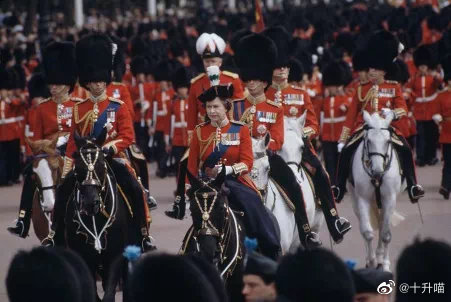
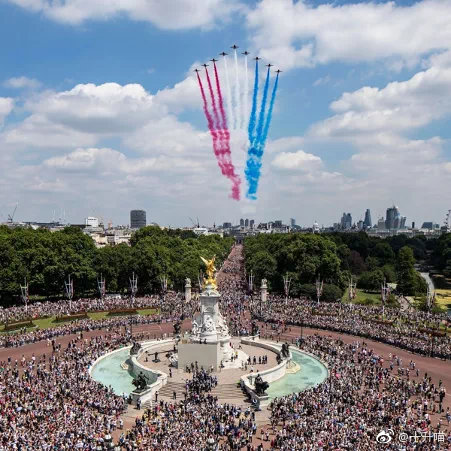
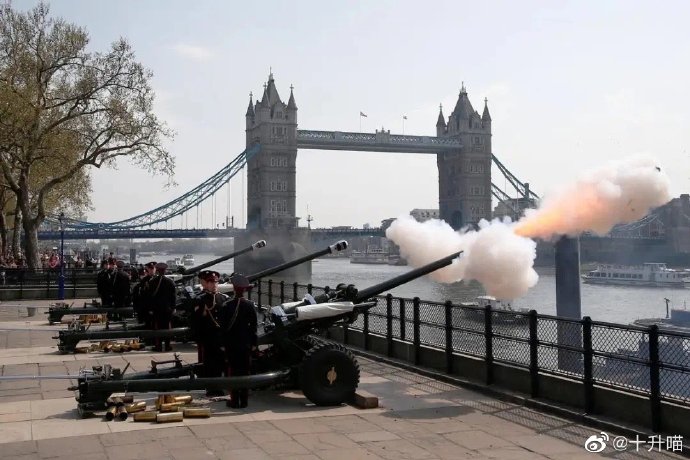
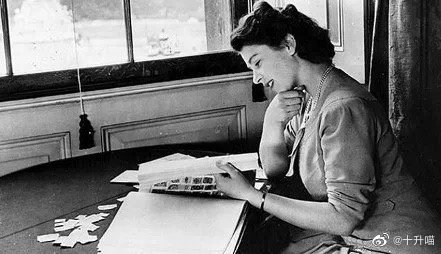

reference
[1] The Independent. 60 facts about the Queen you didn't know.
[2] Telegraph. The secrets inside the Queen's handbag: discreet signals and Clarins lipstick.
[3] Glamour. 9 Things You Never Knew About Queen Elizabeth's Iconic Launer Purse.
[4] Business Insider. Queen Elizabeth and Prince Philip Are Cousins.
[5] History. 8 Things You May Not Know About Queen Elizabeth II.
[6] Horset Hooves. 9 Facts You Didn't Know About Queen Elizabeth and Horses.
[7] Business Insider India. The Queen has her own personal poet.
[8] Reader's Digest. What to Know About Queen Elizabeth II.
[9] Belfast Telegraph. How the Queen has embraced technology over the years.